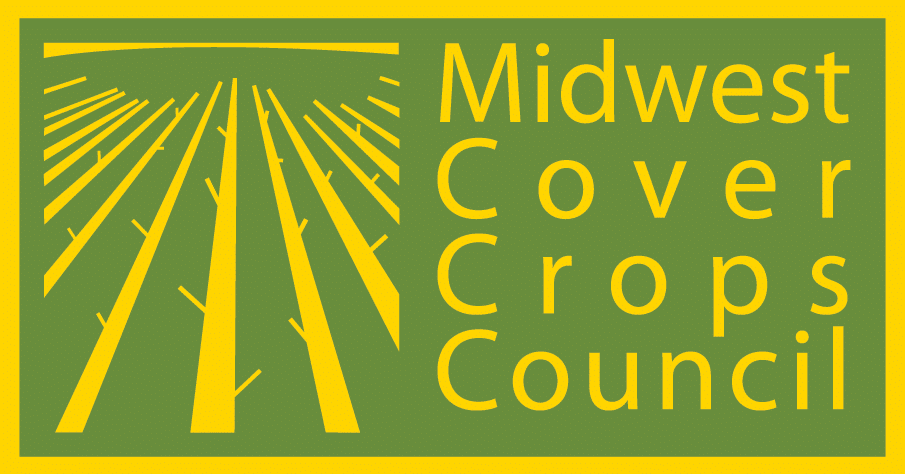J. Acharya, M. G. Bakker, T. B. Moorman, T. C. Kaspar, A. W. Lenssen, and A. E. Robertson
Cover crops provide important water and soil quality benefits, but also require farmers to make additional management decisions. One of the choices that farmers have to make when using cover crops is when to kill the cover crop relative to the expected date of planting their next grain crop. The length of this interval between cover crop termination and planting of the next crop may influence how much the cover crop grows, as well as how the subsequent grain crop performs. We performed experiments to test the effects of various time intervals between cereal rye cover crop termination and corn planting on corn seedling disease, corn growth, and grain yield. Shorter intervals increased seedling disease, and reduced corn emergence, shoot growth, and grain yield of corn following the cover crop compared with corn planted 10 or more days after rye termination or without the cover crop. The proportion of roots infected with Pythium spp. increased with shorter intervals. We also measured the proportion of roots infected by Fusarium spp., but the results were less consistent than for Pythium spp. This research is important because it shows that corn seedling root disease following a grass cover crop may play a role in decreases in corn population and yield that have sometimes been observed following grass cover crops, like cereal rye. Additionally, although a 14-day interval between rye cover crop termination and corn planting has often been recommended, this study shows that decreased corn seedling disease is one of the benefits of delaying corn planting after cover crop termination. Thus, a 10 to 14 day interval between rye termination and corn planting should be followed to realize the benefits of rye cover crops while protecting corn yield. The impact of this research is that farmers, extension personnel, crop advisors, and soil conservationists will be able to use and manage cover crops more effectively, which will lead to more cover crop adoption, less risk to corn yield, and more environmental benefits. Additionally, with this improved understanding it should be possible to develop new cover crop management practices to obtain the full benefits of cover crops.
Article Citation: Acharya, J., Bakker, M. G., Moorman, T. B., Kaspar, T. C., Lenssen, A. W., and Robertson, A. E. 2017. Time Interval Between Cover Crop Termination and Planting Influences Corn Seedling Disease, Plant Growth, and Yield. Plant Disease 0 0:0, PDIS-07-16-0975-RE
APS Journal article here.
